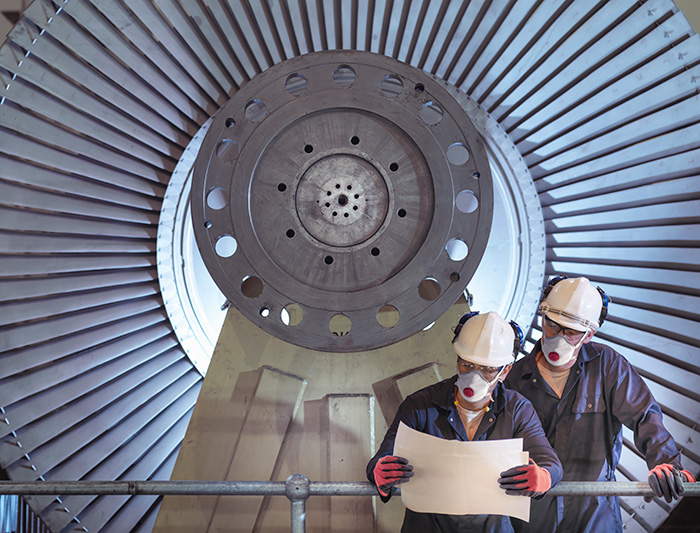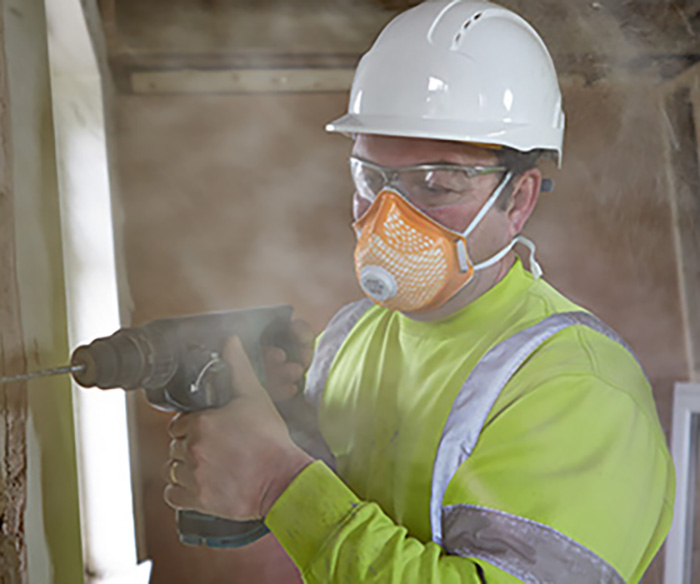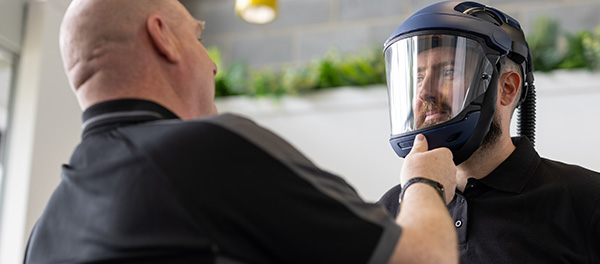[{"pageName":"productReference","id":"164600","code":"PIMM00000000020202","name":"Sundström SR 200 PC Full-Face Respirator Mask with Polycarbonate Visor","brand":"Sundström","position":1,"price":394.1658,"currencyCode":"EUR","category":"Personal Protective Equipment/Face Masks and Respirators/Reusable Respirators/Full-Face Respirator Masks","list":"Product Carousel -","additionType":"Product Carousel -","productAvailability":"","productPACStatus":"Core"},{"pageName":"productReference","id":"1A2760","code":"PIM000000000029357","name":"HAIKA Type IIR Ear-Loop Disposable Surgical Mask (Pack of 50)","brand":"HAIKA","position":2,"price":17.6751,"currencyCode":"EUR","category":"Personal Protective Equipment/Face Masks and Respirators/Disposable Face and Dust Masks","list":"Product Carousel -","additionType":"Product Carousel -","productAvailability":"","productPACStatus":"Core"},{"pageName":"productReference","id":"1E2300","code":"PIMM00000000023684","name":"Arco Premium Valved FFP2 Dust Mask (Pack of 10)","brand":"Arco","position":3,"price":38.7819,"currencyCode":"EUR","category":"Personal Protective Equipment/Face Masks and Respirators/Disposable Face and Dust Masks","list":"Product Carousel -","additionType":"Product Carousel -","productAvailability":"","productPACStatus":"Core"},{"pageName":"productReference","id":"118600","code":"PIMM00000000017399","name":"3M Aura 9332+ Valved Fold-Flat FFP3 Dust Mask (Pack of 10)","brand":"3M","position":4,"price":102.88950000000001,"currencyCode":"EUR","category":"Personal Protective Equipment/Face Masks and Respirators/Disposable Face and Dust Masks","list":"Product Carousel -","additionType":"Product Carousel -","productAvailability":"","productPACStatus":"Core"},{"pageName":"productReference","id":"168700","code":"PIMM00000000001653","name":"Sundström SR 100 Half-Face Respirator Mask","brand":"Sundström","position":5,"price":64.7226,"currencyCode":"EUR","category":"Personal Protective Equipment/Face Masks and Respirators/Reusable Respirators/Half-Face Respirator Masks","list":"Product Carousel -","additionType":"Product Carousel -","productAvailability":"","productPACStatus":"Core"}]
[]


















